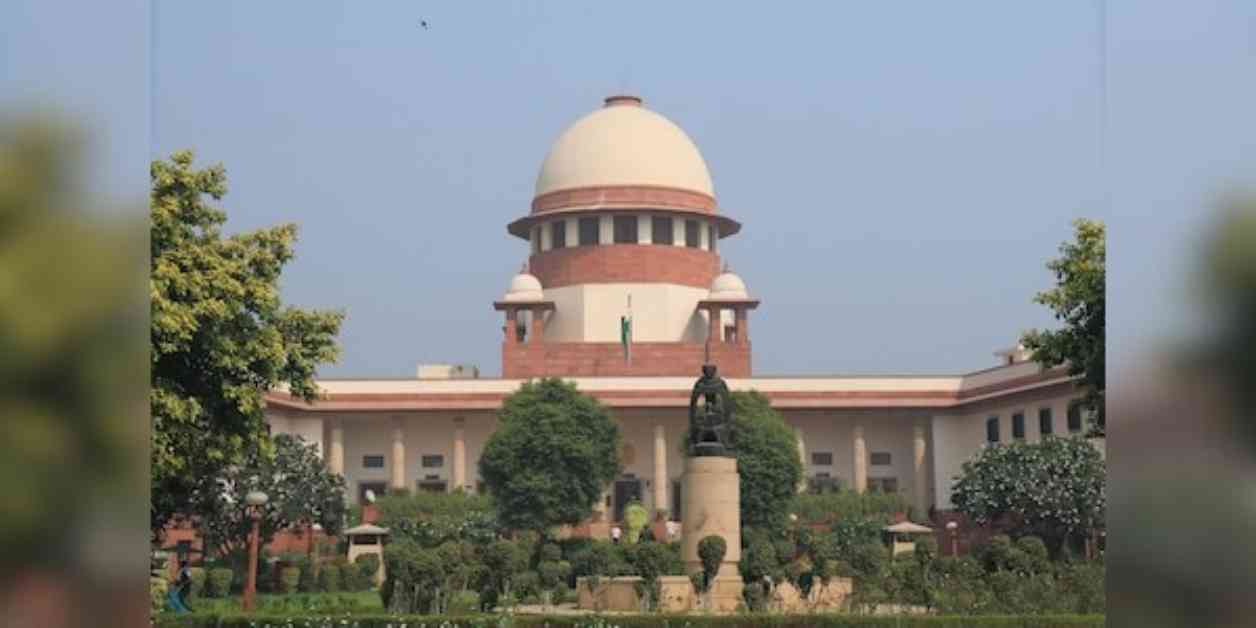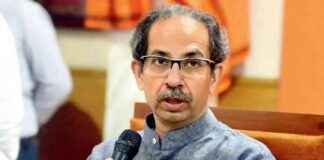Supreme Court to Review Sub-classification of Scheduled Castes for Quota Benefits
The Supreme Court is set to consider a batch of pleas seeking a review of its judgment allowing states to make sub-classifications within the Scheduled Castes for granting reservation benefits. Scheduled Castes, being a socially heterogeneous class, may now be further categorized based on quantifiable and demonstrable data of backwardness and representation in government jobs. This move aims to uplift castes that are socially and educationally more backward.
A seven-judge Constitution bench, led by Chief Justice D Y Chandrachud, will review the matter in chambers on Tuesday. The bench, consisting of Justices B R Gavai, Vikram Nath, Bela Trivedi, Pankaj Mithal, Manoj Misra, and Satish Chandra Sharma, is expected to deliberate on the issue at 1.35 pm. The previous ruling on August 1 affirmed states’ constitutional authority to sub-classify Scheduled Castes for reservation purposes. However, such sub-classifications must be based on concrete data and not on political expediency.
Overturning a previous verdict from 2004, the Supreme Court emphasized the need for states to establish the inadequacy of representation of certain castes in government jobs as an indicator of their backwardness. While the majority of the bench supported this decision, Justice Trivedi dissented, highlighting that only Parliament has the authority to include or exclude castes from the Scheduled Castes list. She argued that Scheduled Castes are a homogeneous class and cannot be further sub-classified.
The objective of sub-classification within Scheduled Castes is to ensure substantive equality of opportunity for backward classes. States may categorize certain castes based on their inadequate representation in government positions, provided they can demonstrate the causal link between backwardness and underrepresentation. Collecting data on the inadequacy of representation in government jobs is crucial in determining the need for sub-classification.
The controversy over sub-classification arose when several states, including Punjab, passed laws to grant additional quota benefits to specific castes within the Scheduled Castes category. This move was challenged in court, leading to the current review of the sub-classification issue. The Supreme Court’s decision will have far-reaching implications for reservation policies and social justice initiatives in the country.
As the Supreme Court reexamines the sub-classification of Scheduled Castes for quota benefits, it is essential to consider the historical context of caste-based discrimination and marginalization. Sub-dividing the Scheduled Castes based on their unique challenges and vulnerabilities can potentially address longstanding inequities and ensure a more equitable distribution of opportunities.
Challenges in Implementing Sub-classification
One of the key challenges in implementing sub-classification within the Scheduled Castes is the need for accurate and reliable data to identify backwardness and underrepresentation. States must undertake comprehensive studies and surveys to assess the socio-economic status, educational attainment, and employment patterns of different castes within the Scheduled Castes category. This data will form the basis for determining which castes require additional support through sub-classification.
Moreover, there may be resistance from certain quarters within the Scheduled Castes community against sub-classification. Some groups may fear that sub-categorization could lead to further marginalization or create divisions within the community. It is essential for policymakers to address these concerns through transparent and inclusive decision-making processes, ensuring that sub-classification is seen as a mechanism for empowerment rather than exclusion.
Implications for Social Justice and Equality
The Supreme Court’s review of the sub-classification of Scheduled Castes has significant implications for social justice and equality in India. By allowing states to subdivide the Scheduled Castes based on quantifiable data, the court is endorsing a more nuanced approach to affirmative action. This approach recognizes that not all castes within the Scheduled Castes category face the same level of disadvantage and discrimination.
Sub-classification can help target specific groups within the Scheduled Castes who are most in need of support and representation. By tailoring reservation policies to address the unique challenges faced by different castes, the government can ensure that affirmative action measures are more effective and impactful. This targeted approach is essential in addressing the intersectional nature of discrimination and disadvantage experienced by marginalized communities.
In conclusion, the Supreme Court’s review of the sub-classification of Scheduled Castes for quota benefits marks a significant development in India’s affirmative action policies. By allowing states to make sub-classifications based on quantifiable data of backwardness and underrepresentation, the court is paving the way for a more equitable distribution of opportunities. It is crucial for policymakers to implement sub-classification in a transparent and inclusive manner, ensuring that it serves the interests of social justice and equality for all marginalized communities.




















